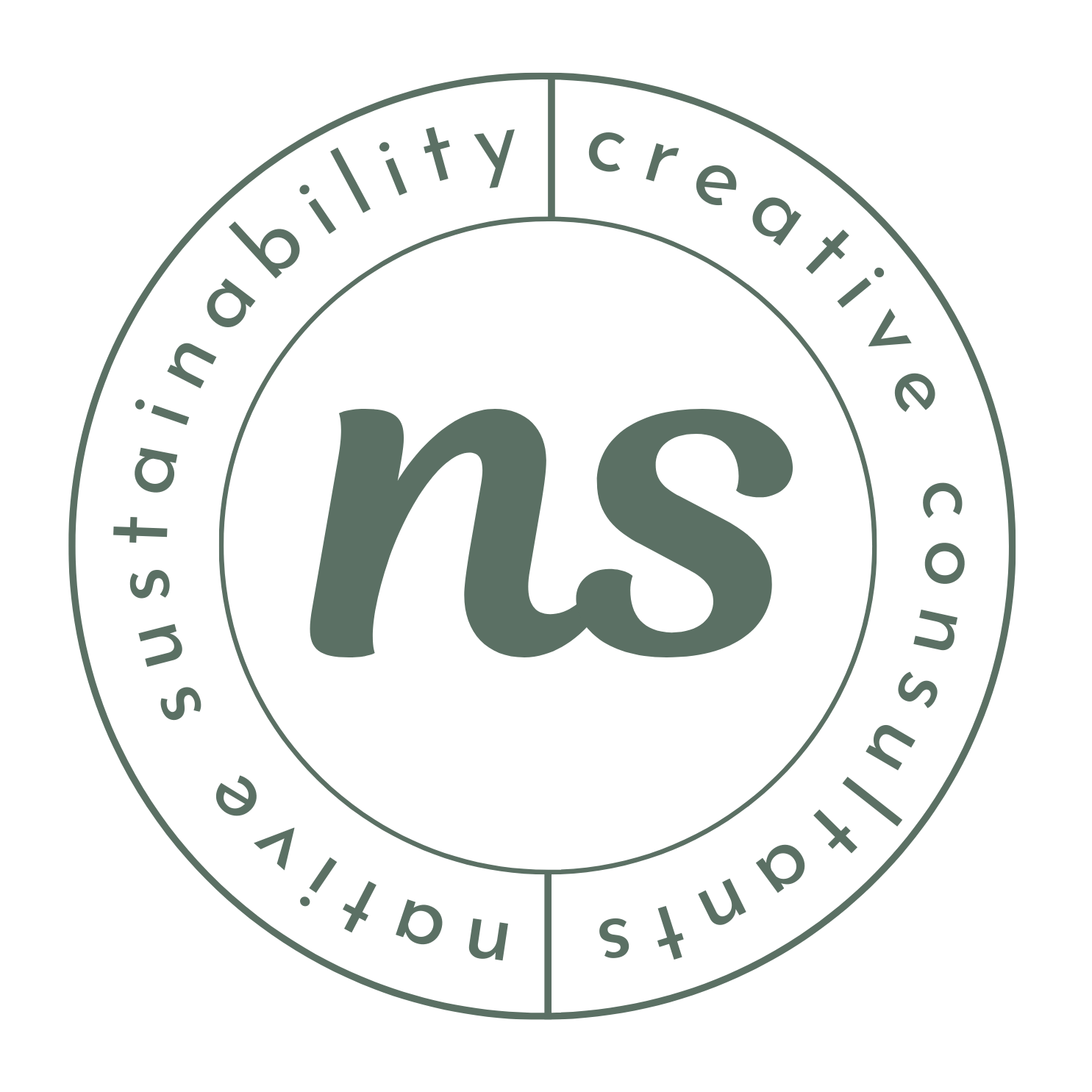I participate in a Waste Collaborative group through Environmental Initiative - a Minneapolis-based non-profit that builds partnerships to find solutions to environmental problems. This group consists of a variety of businesses (health care, recyclers, grocery stores, food producers, manufacturers), non-profits and public organizations. It provides a space to share best practices, challenges, innovative solutions, and business connections.
The last meeting was about zero-waste initiatives and included a tour of the Hennepin Energy Recovery Center - or HERC - which is right smack in the middle of one of the most vibrant areas of downtown Minneapolis - the North Loop.
The HERC serves Hennepin County and processes 365,000 tons of waste per year. That averages out to six pounds of waste per person, per day (yikes). This doesn't include construction and demolition or yard waste, which are processed at other facilities.
On average, HERC burns 3,000 tons of waste each day. Trucks dump on the tipping floor, and the waste enters the pit, which holds 7,000-10,000 tons, before being craned into the burners. For kids that love diggers and machinery - running the crane would be a dream job!
The tipping floor on the left is where garbage trucks dump their loads. Waste is then pushed into the pit. The crane moves waste around - pulling out large objects like mattresses and bicycles. Loads are then craned into the burners on the right, where waste is incinerated, and heat captured and turned into energy.
The burning process is highly regulated for emissions, and HERC continues to come in well under their authorized emission rates. The onsite burning (at 1,500-2,000 degrees!) in huge, multi-story ovens, provides 31 megawatts of energy to Xcel - heating Target Field and several other downtown businesses. Recovered heat from the Cooling Tower is used to heat glycol tubing underneath the Target Station Pavilion, which means no snow removal required (no need for staff and no need for chemicals).
The tour is open to the public and I encourage everyone to go see it. I'm trying to do what I can to help people actually see what we produce - to get the trash out from behind the building. 7,000 tons of trash sounds like a lot - but seeing it burns that image into your mind!
We can do better than six pounds of waste per person, per day. We can use what we now think of as waste as a resource. Limit purchasing. Be thoughtful about packaging. Choose recycled content items. Compost.
Pay attention to what you're producing and know where it goes after you're done with it.

